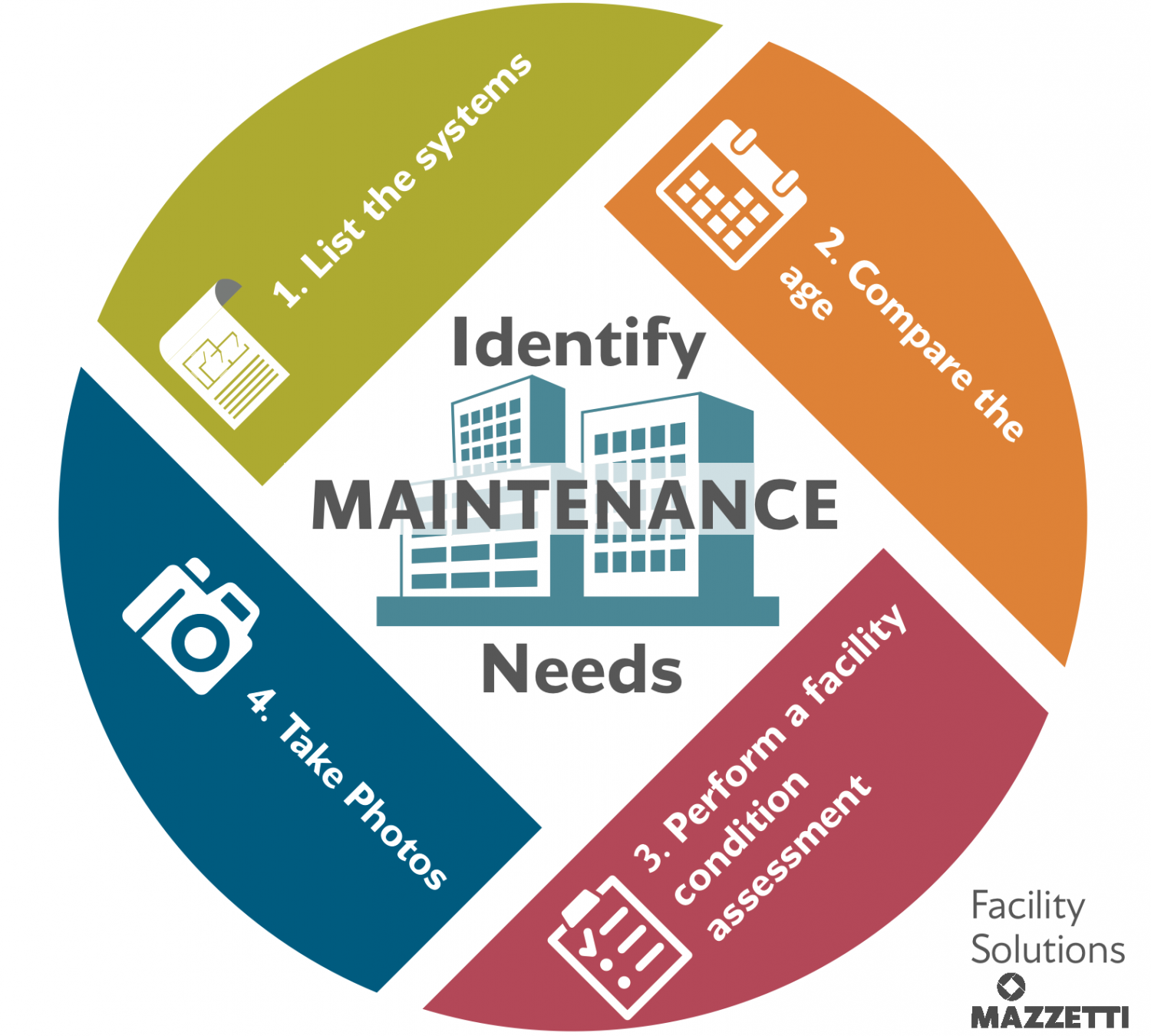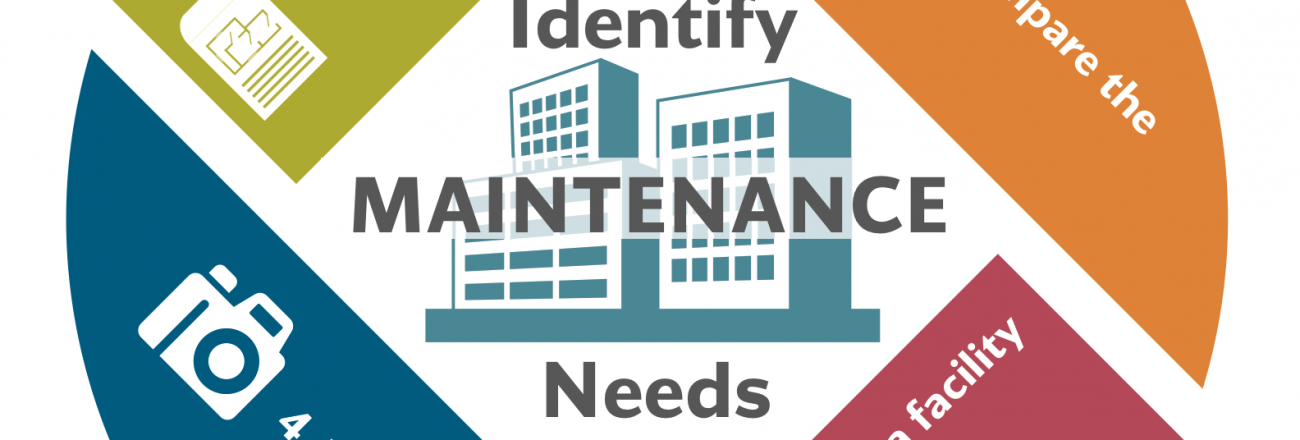
From carpeting and paint to roofing and HVAC systems, the parts of any building have a limited life expectancy. Preserving the professional appearance and safe, efficient operation of your medical facility requires careful, long-term planning. To help your organization anticipate, prioritize, and budget for repair and replacement of essential building components, it is vital to develop a Planned Maintenance Program (PMP).
The program should focus on projects that preserve and maintain the original quality/design intent of buildings, parking areas and landscaping. Facilities maintenance service departments can take the lead in managing the planning process to ensure operational needs are properly prioritized and reduce the risk of catastrophic system failures.
Planned maintenance projects typically involve repairs or replacement of existing building equipment or building systems. However, with proper planning, the Facilities Manager can optimize expenditures by ensuring that new technologies, energy efficiency and/or utility rebates are incorporated into the project.
DOWNLOAD VISUAL VERSION OF THE PROGRAM HERE
Identify the Needs:
- List the systems you want to include in the PMP. In your initial program you may want to only focus on building systems and expand the scope of the program later.
- Compare the age of systems against manufacturers life-expectancies or establish these based on your organizations experience.
- Perform a Facility Condition Assessment (FCA). It’s time to take your list and do a field review of performing visual inspections, reviewing maintenance histories, interviews with maintenance staff and department managers. Hiring a third-party to perform the FCA or conduct diagnostic testing to evaluate the condition of major equipment might be a good investment to validate your data and assist in decision-making at a later time.
- Take photos. Later as you’re communicating your needs to financial decision makers, a picture can be invaluable in demonstrating the needs.
Estimate the Cost:
- Determine the budget for each project. Consult specialty contractors or third-party vendors regarding your needs in obtaining project estimates. Be sure to include a contingency budget for unanticipated costs.
- Calculate the organizations R.O.I. taking into consideration the cost of “unscheduled” replacement, energy savings, maintenance savings, and/or utility rebates. Work with your Finance Department to ensure the hospitals cost of capital is properly represented.
- Review with your Finance Department to define Expense vs. Capital and note each project accordingly.
Prioritize the Needs:
- Establish a grading system to rate the risk of not doing something, i.e.
- Critical = Imminent failure is likely within the next budget cycle, impacting the delivery of patient care.
- High = Likely failure during budget cycle with long-lead repair/replacement schedule.
- Medium = Unsightly appearance, opportunity for energy efficiency upgrade.
- Low = Minimal risk, but want to raise attention to potential unanticipated expense, i.e. roof-top exhaust fans
Present your Plan:
Timing is critical in submitting your plan to influence future budget cycles. Your organizations budget-planning schedule may make decisions regarding Capital expenditures well in advance of finalizing expense budgets. Ensure that your plan is adequately represented to the Administration, CFO, Capital Committee, Board or others that will be making the decisions on dollar allocation. Prepare a “Planned Maintenance” packet that includes the necessary information decision makers require to make an informed decision and request to make a personal presentation so that you can provide additional detail and answer questions about your plan.
As the Facilities Manager for your hospital, YOU are the responsible party for ensuring that your Senior Leaders/Board of Directors understand the condition of the hospital and the cost of maintaining its functionality. You are the expert! Now you just need to communicate, so that you (and your facility) get what is needed to ensure a proper environment of care.
Contact me if you would like to dive into this topic further.
